We’ve seen in previous posts that the Sony a7RII does wonders for the color casts that beset the a7R when used with short, pseudo-symmetric rangefinder lenses. Since the sensor stack is still the same thickness, I don’t expect any improvement in corner smear, but it’s certainly worth testing.
I attached a Leica 24mm f/3.8 Elmar-M ASPH to each camera and made an aperture series of this scene, shown at f/8:
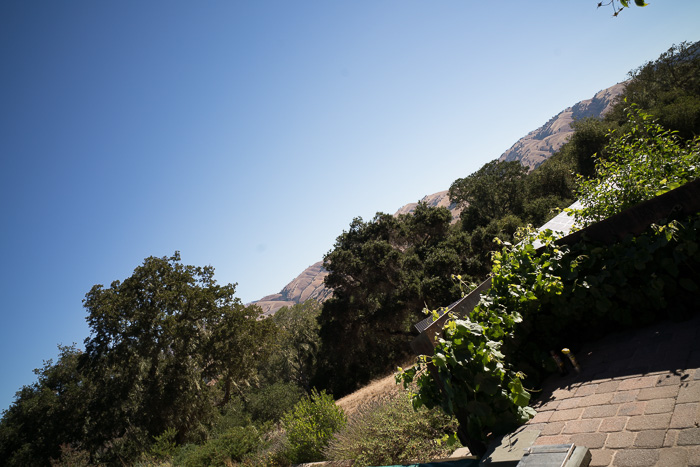
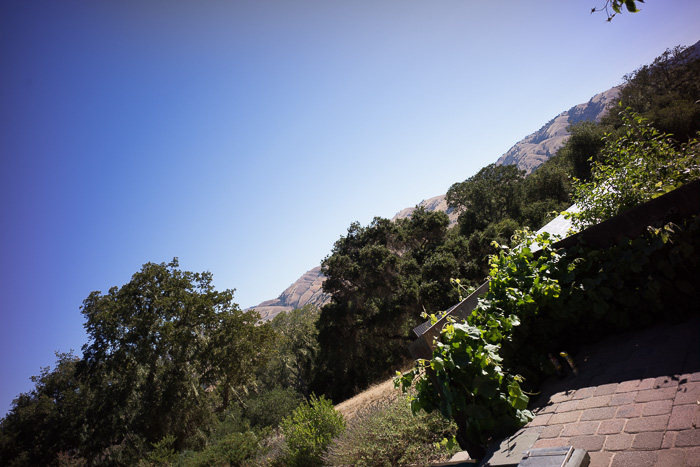
Both images were developed in Lightroom with daylight white balance. The greater falloff of the a7R and the magenta corner casts are evident.
Checking the center at 300% magnification:
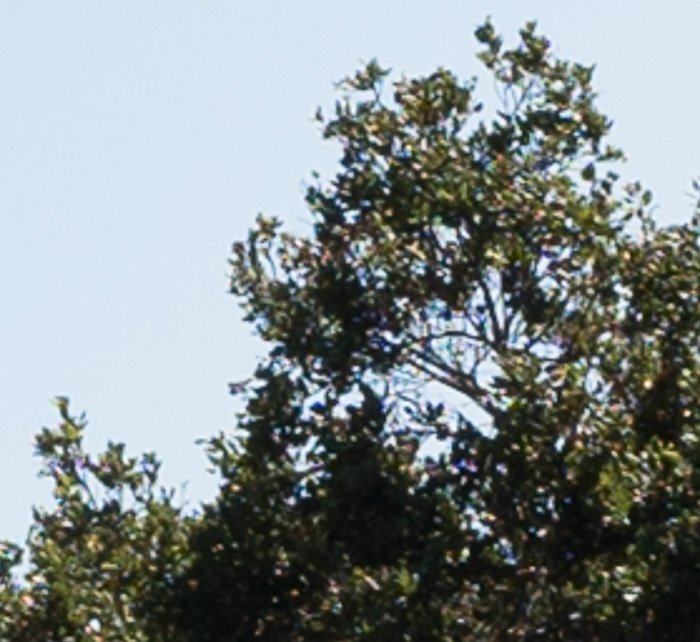

Similar sharpness.
Now the lower left corners, with a one-stop boost in exposure.
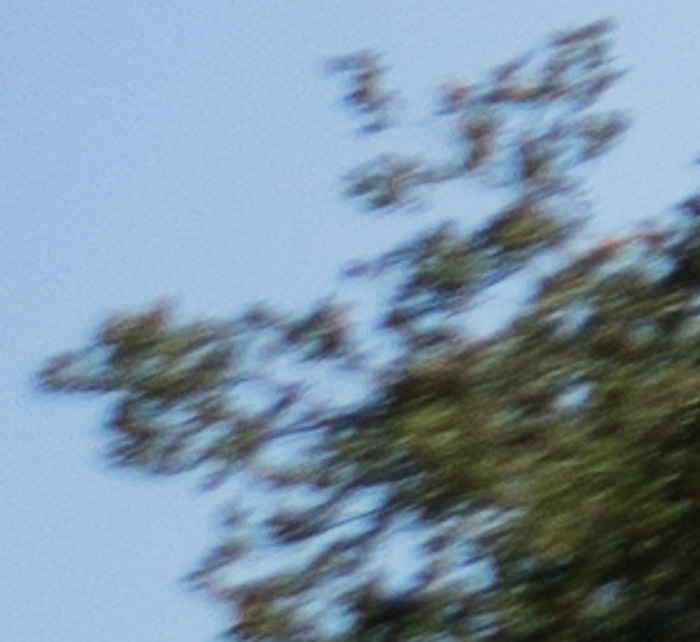
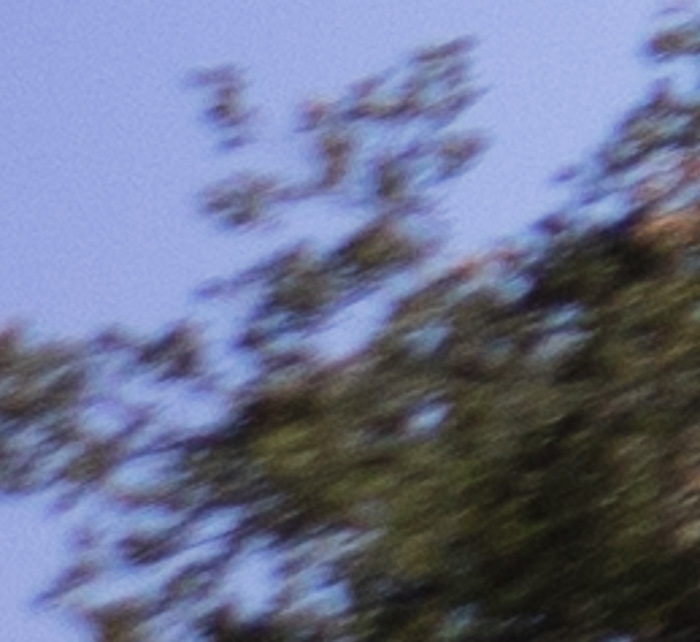
Same poor sharpness.
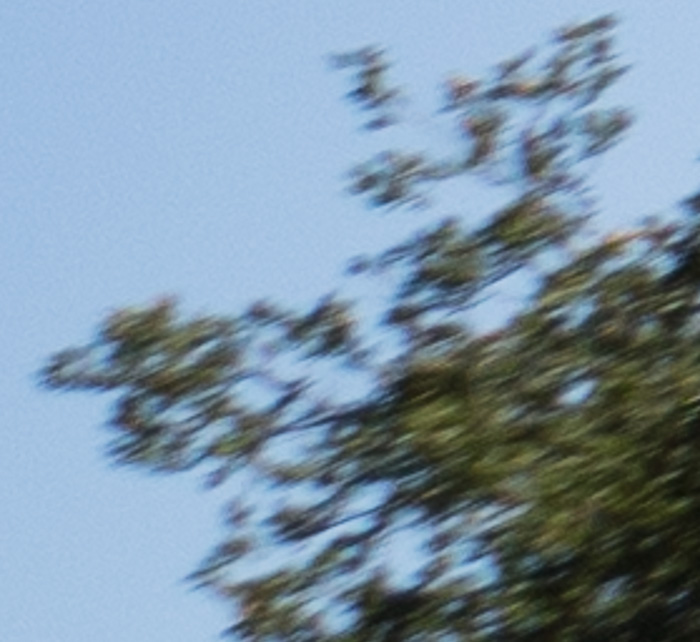
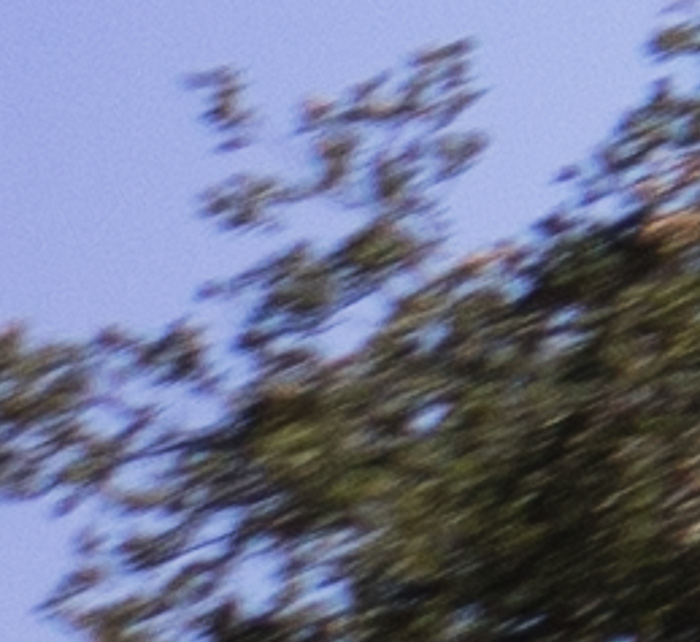
Same sharpness
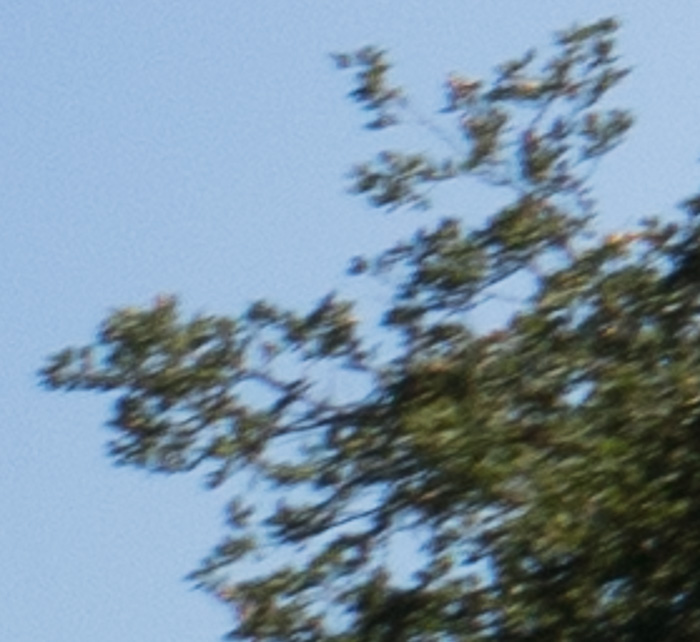

Bored yet?
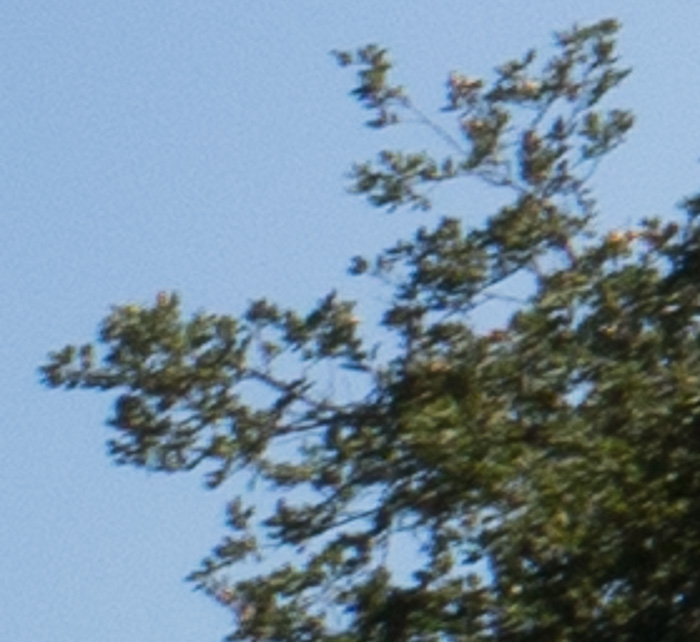
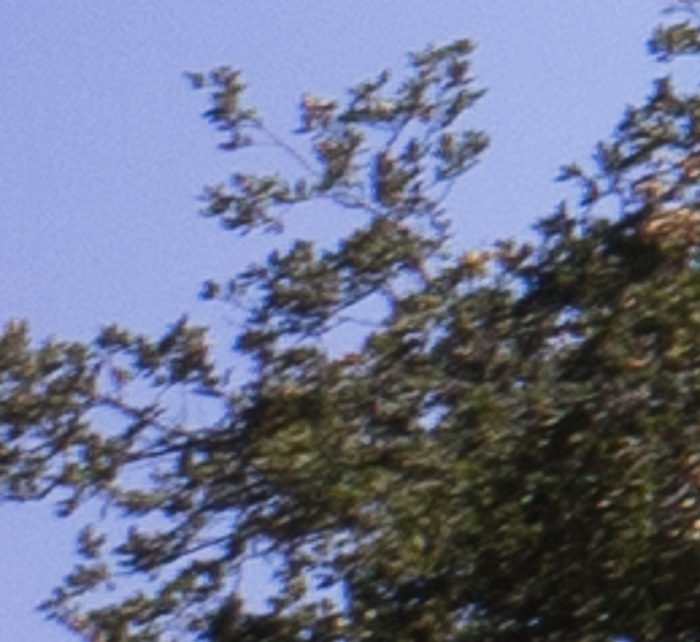
Same.
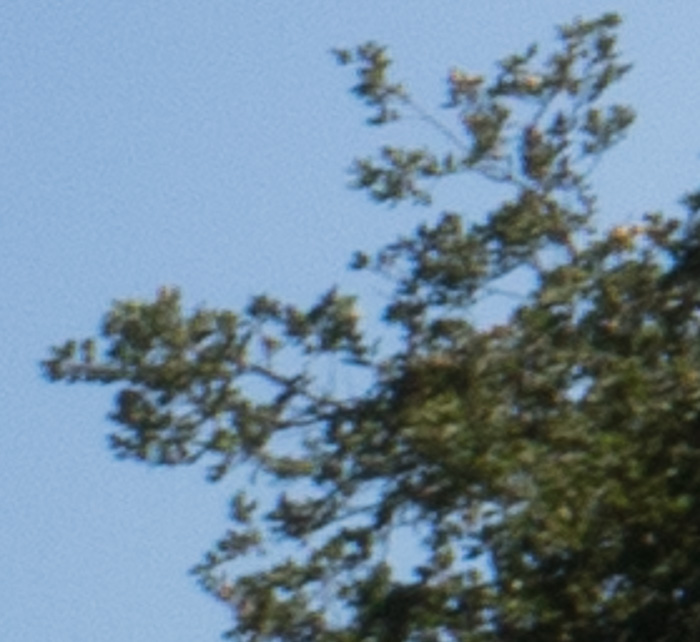
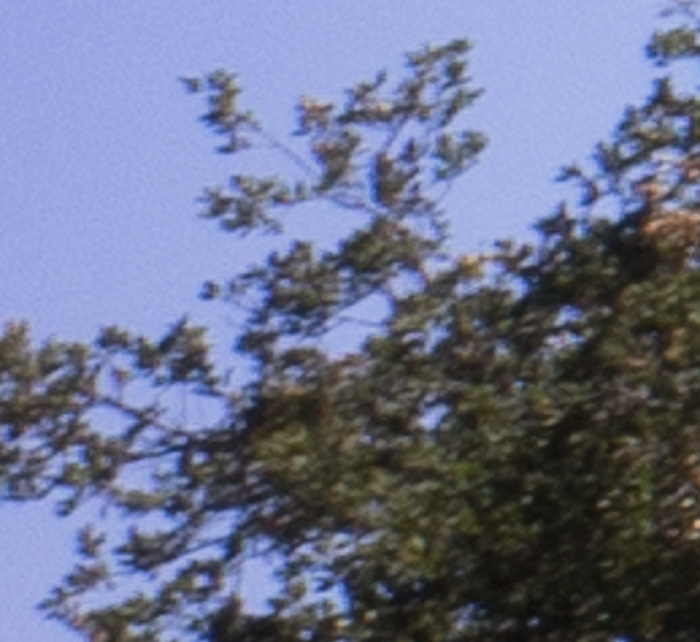
Same.
I guess we’ll have to wit for the Kolari thin stack modification to see sharper corners with rangefinder lenses.
Hi Jim
Thanx for all the reviews.
I am assuming that this should read 24/3.8 Elmar, or is it 21/3.4 Elmar?
Karl
Yep. I’ll fix it. Thanks,
Jim